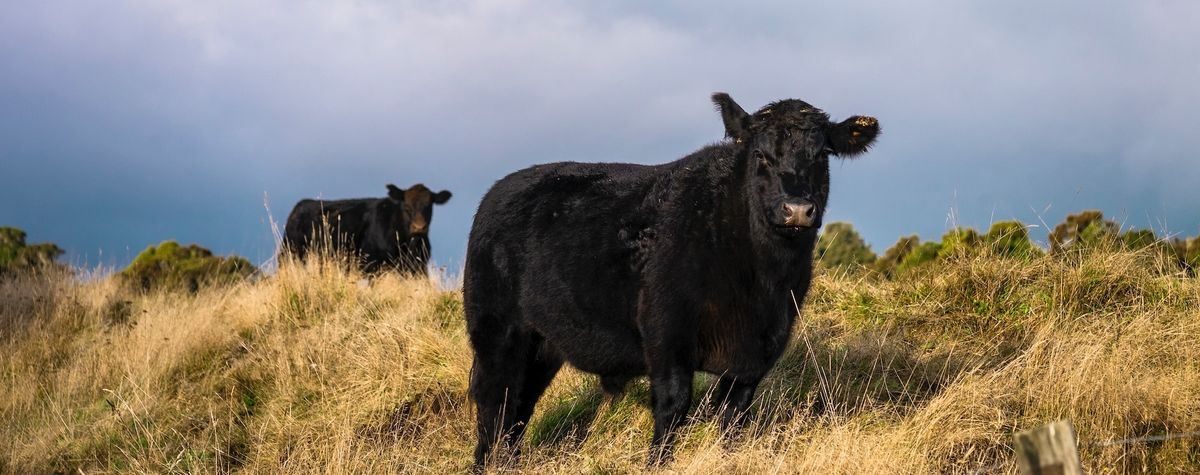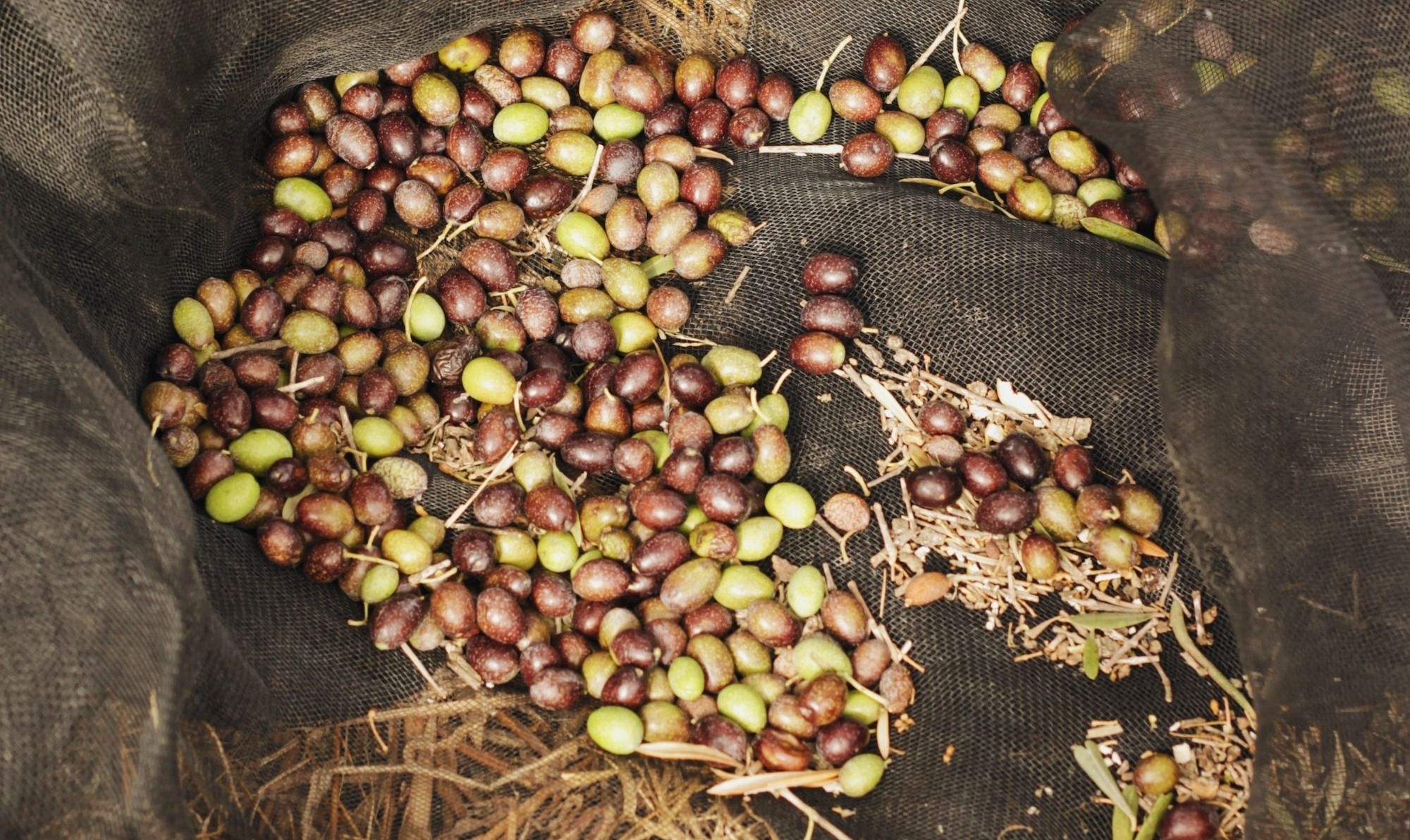Why Is Olive Wagyu So Rare And Expensive?
Here's Why Olive-Fed Wagyu is the Rarest and Most Expensive In The World

Wagyu steaks, known for their distinct marbling, hold a premium position in the culinary world. Originating from Japan, this beef is celebrated for its rigorous upbringing and grading standards, which guarantee a sumptuous, melt-in-the-mouth experience.
While many crave the elusive Hokkaido Snow Ribeye cuts, there's another variety that's even more scarce. Olive Wagyu, often referred to as the world's rarest and most expensive steak, is a culinary gem worth discovering.
What is Olive Wagyu?
Olive wagyu is among the world's most exclusive steaks, fetching upwards of $500 per pound, positioning it as one of the priciest meats on the market. What sets this delicacy apart is the specialized feeding regimen where wagyu cattle consume an olive-enriched diet.
Although the cost of this steak might appear exorbitant at first glance, understanding its origins provides insight into its premium pricing and unmatched exclusivity.
Here's Why Olive Wagyu Holds the Title of the World's Priciest Beef
1. Olive Feed is Extremely Expensive
As mentioned, the cattle are fed a special diet rich in olives. stands as the most expensive type of feed, but there's a good reason for its hefty price tag and popularity. The meticulous process that goes into its preparation ensures a unique caramelized flavor that cows adore.

Olive Preparation Process:
-Pressing: The olives are first pressed to extract the oil.
-Drying: The pressed olives are dried in the sun. This isn't a simple sun-drying process; the olives must be turned inside out three times daily - in the morning, at noon, and in the evening. This prolonged and attentive drying method instills the olives with a distinct caramelized flavor.
-Roasting: Though not explicitly mentioned, roasting could be another step that contributes to the depth of flavor.
Impact on Cows: The unique taste and aroma from this careful preparation process are not lost on the cows. They have shown a marked preference for this feed. In fact, through trial and error, it was observed that cows responded most favorably when fed 250 grams of olives daily for over two months before the shipping process.
2. Distinctive Olive-Fed Advantage
Wagyu beef, already renowned for its remarkable marbling and high oleic acid content, benefits from these factors in terms of flavor and softness. Eager to elevate these inherent characteristics, Masaki innovated by feeding the cattle olive pomace, the leftover residue from olive oil production.
This not only maximized the use of a local waste product but also enhanced the beef's oleic acid content. The results were so outstanding that in the 2017 Wagyu Olympics, a revered event held every five years in Japan, Olive Wagyu earned the title for the "best quality fat," outclassing 182 competing Wagyu types. What sets its fat apart? A remarkable oleic acid content of 65.2%, a rate unmatched in the world of beef.
3. Limited Batch Size of Olive Wagyu
Currently, around 2,500 cattle raised on an olive-based diet reside on Shodoshima. This figure pales in comparison to the massive Wagyu production seen in areas like Kagoshima or Miyazaki, which have been industry hubs for many years.
At Masaki's farm, only 20 cattle are raised. To truly scale and succeed, a synergy between local olive growers and cattle farmers is essential. Through united efforts, they can boost production, ensuring that the distinct quality and sustainable practices of Olive Wagyu remain intact.
4. Raising Wagyu Are Labour Intensive
Japanese Wagyu cattle, including Olive Wagyu, are raised under very specific conditions to ensure their wellbeing and the quality of their meat. Every morning, Masaki will inspect his herd while they're resting. As he approaches, the cows briefly turn towards him before returning to their slumber, indicating their well-being.
However, if a cow doesn't stir upon his arrival, it's usually a cause for concern. Masaki also monitors their bowel movements and urination patterns upon waking to ensure their health.
Moreover, the process of drying olive pomace, which contains residual oil, demands significant effort and labor. Due to the prolonged and labor-intensive nature of producing this specialized feed, Olive wagyu has become a rare and highly prized delicacy.
5. Time Consuming
In contrast to conventional wagyu cattle that are generally ready for processing at around 24 to 26 months, Olive wagyu demands a more extended rearing period, taking an additional six months. This prolonged nurturing phase, combined with the costs linked to its unique feed, results in Olive wagyu being a rarer and highly coveted delicacy.
6. Surging Demand for Olive Wagyu in Culinary World
Olive wagyu has charmed elite culinary experts with its unparalleled taste and striking marbling. Though in limited supply, this beef variant has earned a spot on the plates of leading global eateries. Its rare presence and distinctive palate make it a prized choice for gourmet enthusiasts.
7. Land In Japan Is At A Premium
The high cost of Wagyu beef can be partially attributed to Japan's significant land expenses. Japan, with its limited land size, does not have the vast open spaces available in countries like the United States, where ranchers benefit from extensive areas for cattle grazing.
Wagyu beef is renowned for its unique marbling, a feature achieved when cattle can move freely in pastures, ensuring proper exercise and muscle growth. However, securing enough land in Japan for such grazing practices is an expensive undertaking. This limitation on available land means that as land costs in Japan rise, so too does the price of Olive Wagyu beef. Consequently, the scarcity of open spaces and the subsequent high land costs in Japan directly contribute to the premium price of Wagyu.
8. Regulation By The Government
The Japanese government enforces rigorous standards for Wagyu beef certification, a factor that influences its premium pricing. Every Wagyu calf undergoes detailed genetic testing, with the Japanese National Livestock Breeding Center recording specifics such as the calf's nose print and lineage details up to the grandparental level, as well as breed and feedlot data. An individual identification code is then given to each calf to vouch for the origin of its meat.
Moreover, the system tracks details about parties involved in the beef's distribution chain, from processors to exporters and importers. This comprehensive documentation not only assures the genuineness of Wagyu beef but also guards against potential malpractices. This intricate authentication process, while ensuring quality and trustworthiness, also adds to the costs, making Wagyu steaks more expensive.
Olive Wagyu: Rarest Beef In the World
Olive Wagyu ranks among Japan's premier beef labels, such as Kobe, Matsusaka, and Omi Beef. Its exceptional tenderness, succulent flavor, and intricate marbling present a luxuriously rich experience upon tasting.
The duration of the cattle's fattening phase, combined with the expenses related to their feed, often escalates the beef's auction price. This explains the staggering price tag of over $300 for a single Olive Wagyu steak.
Sourcing this meat is a formidable challenge. While it's a rarity in the US, even within Japan, locating this beef is no easy feat given the limited number of cattle bred.
Originating exclusively from Kagawa Prefecture in Japan, with a mere 2,500 of these specific cattle globally, the scant monthly production amplifies its exclusivity. Nevertheless, for those determined, securing an Olive Wagyu steak, albeit rare, is not an impossible feat.
The History of Olive-Fed Beef
Olive-Fed Beef has its origins on Shodoshima Island, situated in Kagawa within the Seto Inland Sea. Interestingly, the roots of cattle rearing on Shodoshima date back centuries. Historical documents, including the Shoku Nihongi written in 797, mention that around 700 A.D., the Emperor marked Shodoshima as a national pasture zone.
In the late 19th century, specifically in 1882, the island became known for breeding and nurturing both Wagyu and Sanuki cattle. The latter name, "Sanuki," refers to what Kagawa was historically called. Back in the day, cattle played a dual role on the island – not only as sources of meat but also as beasts of burden to till rice fields. Given that barley cultivation was prominent on the island, the cattle were predominantly fed on this grain, leading to premium quality meat. Such beef was in high demand, particularly in urban centers like Kyoto, Osaka, and Kobe, and was fondly termed "Sanuki Beef."
The strategic location of Shodoshima, close to the bustling city of Kobe, made it an ideal spot for beef trading. It allowed easy maritime shipment of beef products.
Taking a leap to the early 20th century, Shodoshima earned another significant recognition in 1907. The Japanese Ministry of Agriculture and Commerce identified it as the pioneering location in the country for commercial olive cultivation.
Emergence Of An Innovative Beef Variant
Historically, while olive cultivators on Shodoshima Island reveled in the prosperity of their trade, the cattle ranchers faced challenges.
However, a turning point came when a visionary cattle rancher decided to incorporate olives into his cows' diet.
In 2006, Masaki Ishii tried feeding cattle with untreated olive pulp, only to find out it was incredibly bitter. Drawing inspiration from the age-old Seto Inland Sea technique used for air-drying persimmons, he then laid out the leftover olive pulp on coastal rocks for sun drying and toasting.
After toasting, the olives transformed, taking on a sweet, caramel-like aroma with a malty undertone that the cattle favored.
This innovative feeding approach resulted in a remarkable outcome — the beef showcased elevated levels of monounsaturated oleic acid and was imbued with a profound umami taste. From these efforts, the exceptional Olive Wagyu emerged on 2010.
What Sets Olive Wagyu Apart?
Olive Wagyu stands out for its exquisite marbling, succulence, and a flavor profile bursting with deep umami nuances.
In 2017's Wagyu Olympics, a prestigious event that takes place every half-decade in Japan, Olive Wagyu was celebrated as having the "finest fat," surpassing 182 other esteemed Wagyu varieties.
The uniqueness of its fat? It comprises an impressive 65.2% oleic acid, a figure unparalleled in the beef domain.
Recognized for being a primary component in olive oil, oleic acid offers notable health advantages, such as mitigating high blood pressure, curbing levels of harmful cholesterol, and reducing the risk associated with heart diseases. This fatty acid, with its low melting point, ensures the beef's luxuriously soft texture.
Beyond its exceptional fat quality, Olive Wagyu has an enhanced concentration of glutamic acid and peptides, amplifying its savory depth.
To put it in perspective, this beef variant contains 1.5 times more glutamic acid and 1.4 times the peptides than its Japanese counterparts, giving it a taste profile even more pronounced than the renowned Kobe beef.
This stellar Olive Wagyu iteration has not only delighted connoisseurs but has also brought renewed vitality to cattle farming endeavors on Shodoshima Island.
Summary
The global success of Olive Wagyu from Shodoshima Island epitomizes a perfect mix of innovation, eco-friendliness, and culinary artistry. Created by Masaki Ishii's pioneering efforts to enhance the Wagyu experience, this unique steak variety has captivated food enthusiasts worldwide.
Why its so expensive mirrors the skill and dedication required to create this culinary masterpiece. As interest in this gourmet steak grows, collaboration between cattle ranchers and olive growers will be key to expanding its accessibility while maintaining its status as a prized culinary gem.


